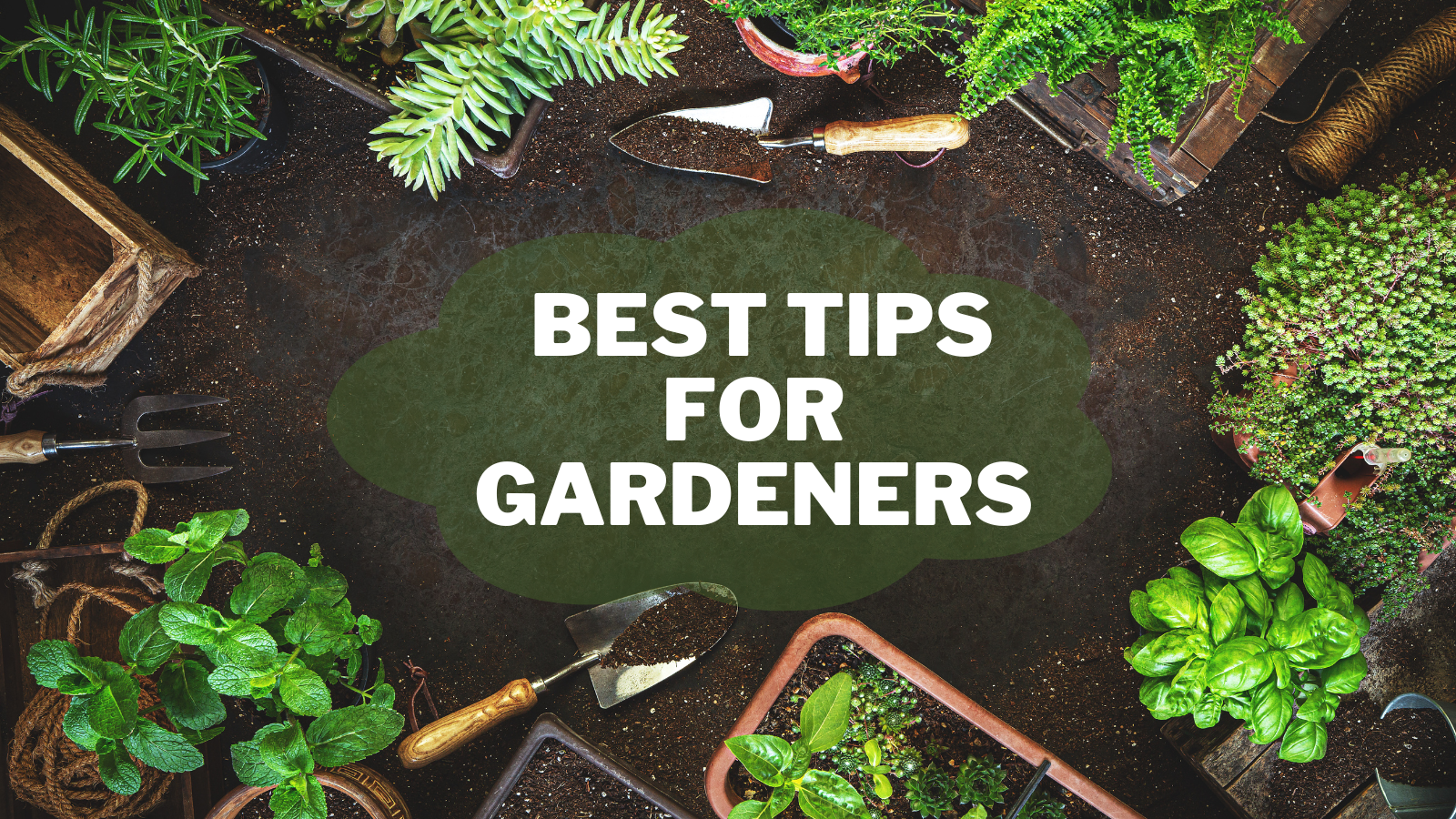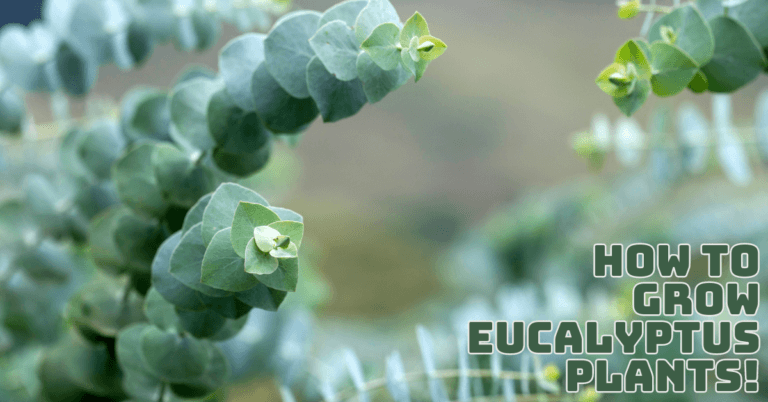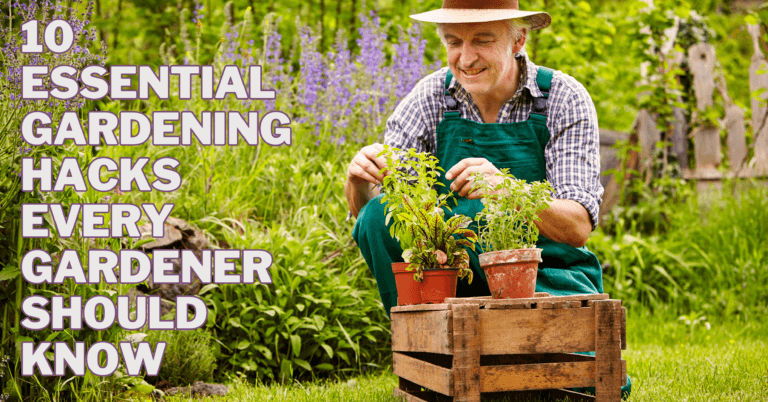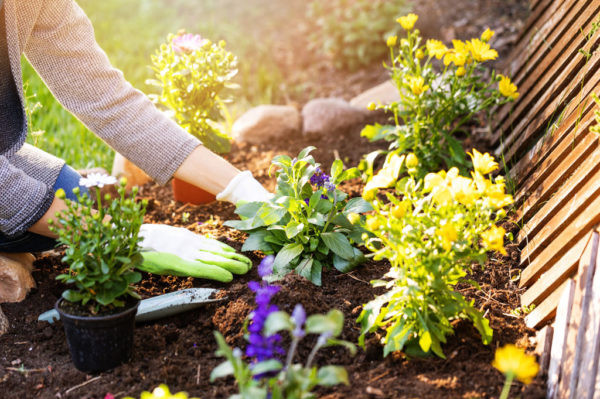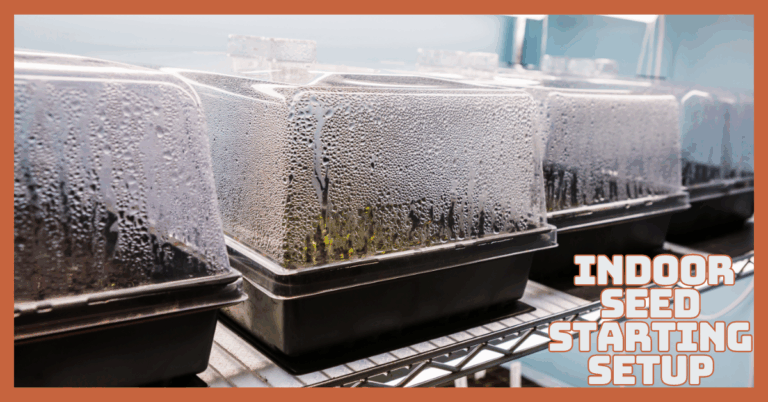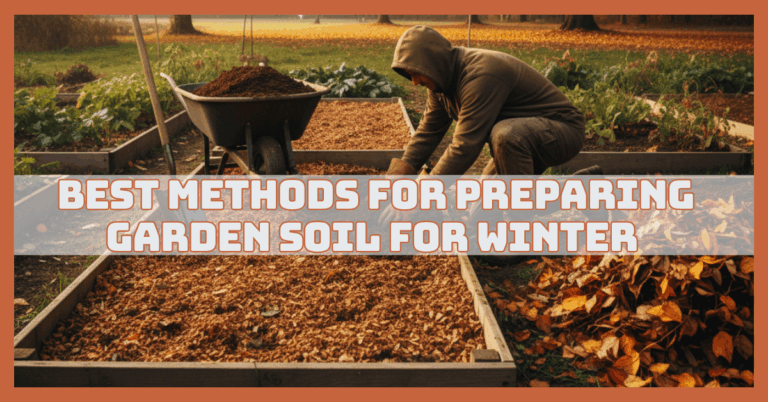Best Tips For Gardeners
Best Tips For Gardeners
Gardening is a fulfilling and rewarding hobby that can bring beauty and life to any outdoor space.
Whether you're just starting or are a seasoned green thumb, it's important to understand the key elements of gardening.
Gardening is a wonderful hobby that brings joy and beauty to our lives, but it can also be a challenge if you need the right knowledge.
Whether you're a seasoned gardener or just starting, it's important to understand the basics of soil preparation, plant selection, and maintenance.
In this article, we'll go over the essential skills and information that every gardener needs to know, from choosing the right plants to controlling pests and maintaining soil health.
This article will cover the top suggestions that every gardener needs to know to make their outdoor space bloom.

Soil Preparation And Fertilization
Soil preparation and fertilization are essential components of successful gardening.
By understanding the composition of the soil and providing the right nutrients, plants can grow stronger and healthier.
In this article, we'll cover the basics of soil testing, soil amendment, and using fertilizers to create the ideal growing environment for your plants.
1. Soil Testing
A soil test determines your soil's nutrient content and pH levels. This will provide valuable information on what amendments must be made to the soil to ensure it is suitable for growing plants.
2. Soil Amendment
Based on the soil test results, you may need to amend the soil by adding organic matter such as compost, well-rotted manure, or peat moss.
This will improve soil structure and fertility and provide the necessary nutrients for plants to grow.

3. Fertilizer
In addition to soil amendment, using the right fertilizer can provide plants with essential nutrients such as nitrogen, phosphorus, and potassium.
There are many types of fertilizers available, including organic and chemical options, and it is important to choose the right one for your plants.
4. PH Balance
The soil's pH balance can greatly impact plant growth, as plants prefer different pH levels. If the pH level of your soil is too high or too low, it can be adjusted by adding lime or sulphur respectively.
5. Mulching
A layer of mulch on top of the soil can help regulate soil temperature, retain moisture, and suppress weed growth. It also helps improve soil fertility over time as it decomposes.
Understanding and properly preparing your soil will give your plants the best possible chance to thrive.
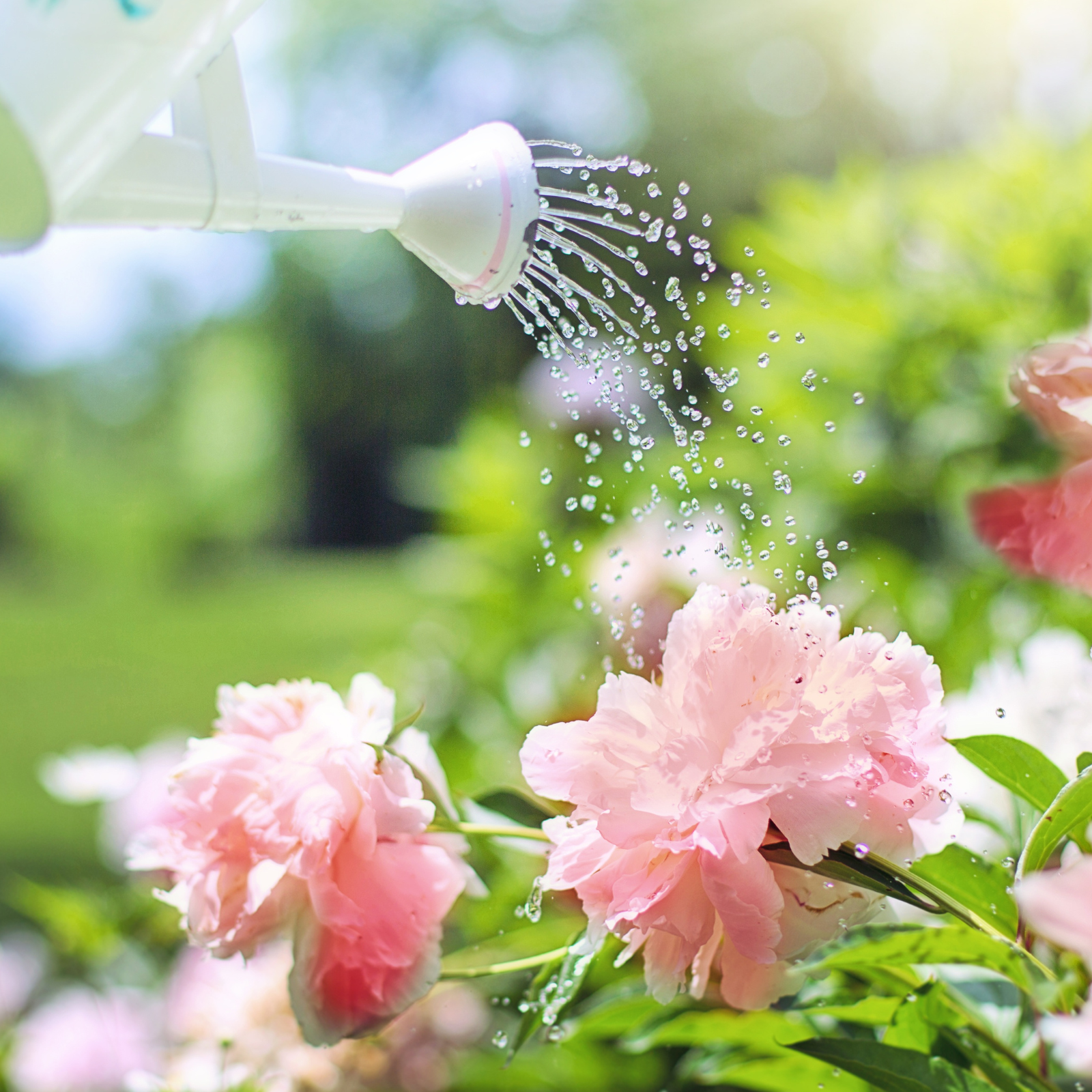
Proper Watering Techniques
Watering is crucial to successful gardening, and every gardener needs to know about it.
Different plants have varying watering needs, and it is essential to understand and meet these requirements to ensure that your plants grow strong and healthy.
By following proper watering techniques, such as determining plant needs, establishing a watering schedule, and selecting an appropriate watering method, you can provide your plants with the necessary moisture for optimal growth and health.
1. Determine Plant Needs
Different plants have different watering requirements, so it is important to research and understand the specific needs of the plants you are growing.
2. Watering Schedule
Establish a watering schedule appropriate for the type of plants you are growing. This may include watering daily for drought-sensitive plants or weekly for drought-tolerant plants.
3. Time Of Day
Watering in the morning or early afternoon is recommended, giving the leaves time to dry out before nightfall, reducing the disease risk. Avoid watering in the evening as this can lead to moisture accumulation overnight, increasing the risk of illness.
4. Watering Method
There are various methods, including overhead watering, trickle irrigation, and hand watering. Choose the best way suited to the type of plants you are growing and your preference.
5. Deep Watering
When watering, it is important to water deeply, reaching the roots of the plants. This will encourage the roots to grow deeper and stronger, making the plants more drought-tolerant.
6. Water Quantity
Be mindful of the water you are using and avoid overwatering, which can lead to waterlogged soil and root rot.
7. Soil Moisture
Check the soil moisture regularly to ensure it is not too dry or too wet. You can use a moisture meter or stick your finger in the soil to determine the moisture level.
These watering techniques will give your plants the appropriate moisture for optimal growth and health.

Sunlight And Shade Requirements
Plants have unique light requirements that influence their growth and overall health. Sunlight and shade are crucial in determining a plant's ability to photosynthesize, produce flowers, and bear fruit.
Understanding the right balance of sunlight and shade for a particular plant species is key to ensuring its success in the garden.
Now we will explore the various sunlight and shad requirements for different plants, helping gardeners make informed decisions about where to place them in their outdoor spaces.
1. Essential For Photosynthesis
Sunlight is essential for photosynthesis, the process by which plants produce food and energy. Without adequate sunlight, plants will not be able to grow and thrive.
2. Determines Plant Growth And Health
The sunlight a plant receives can greatly impact its growth and overall health. For example, plants that receive too much sun can become stunted and yellow, while plants that receive too little sun can become leggy and weak.
3. It Affects Flowering And Fruiting
The sunlight a plant receives can also impact it's flowering and fruiting. Plants that receive too little sun may not produce flowers or fruit, while plants that receive too much sun may produce fewer flowers or fruit.
4. It Helps Regulate Plant Temperature
Sunlight can also help regulate the temperature of plants, keeping them warm in the winter and cool in the summer.
5. Supports Natural Habitats
By providing the right amount of sunlight, you can also help support the growth of native plants and the development of natural habitats in your garden.
By understanding the sunlight and shade requirements of the plants you are growing, you can ensure that they receive the right amount of light for optimal growth and health.
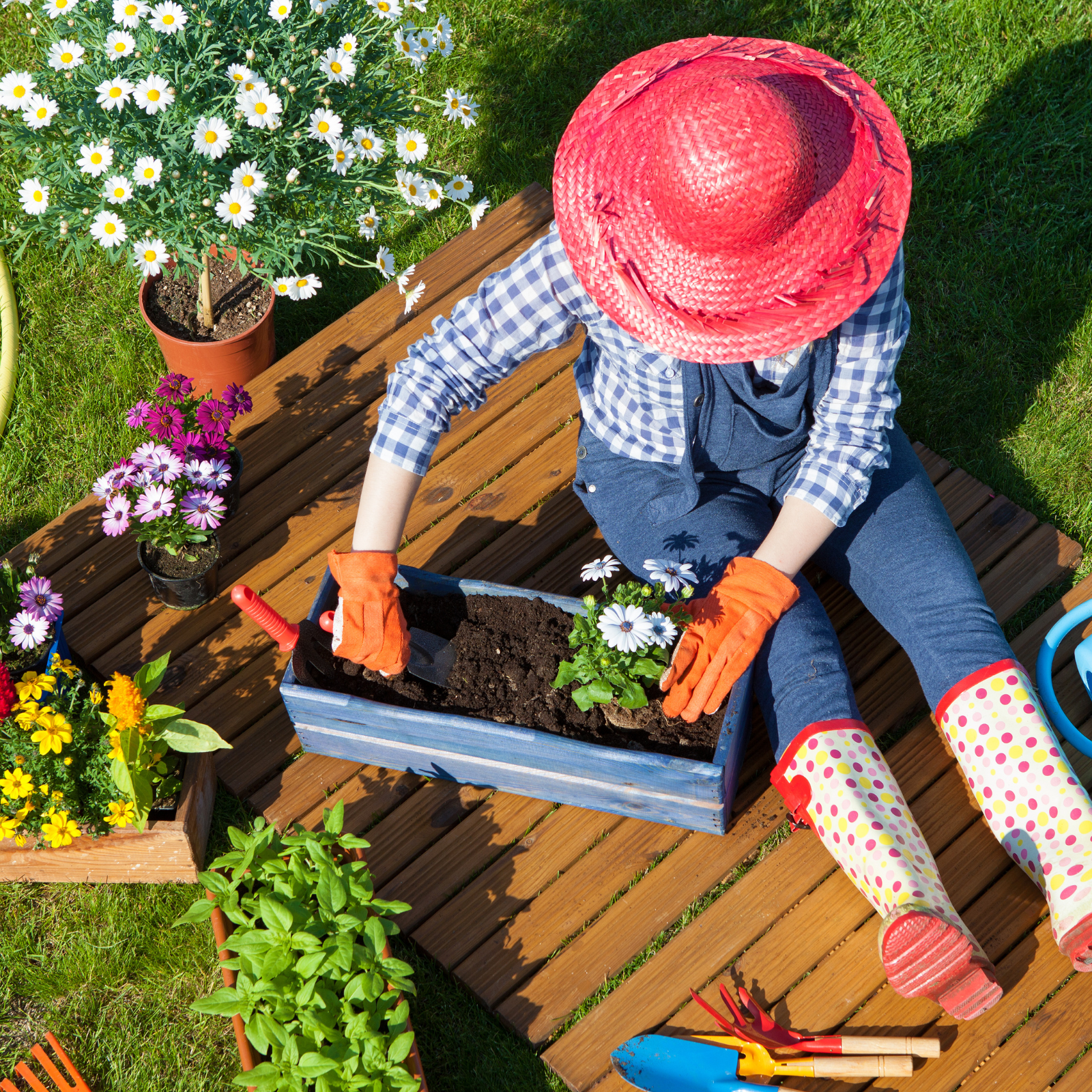
Understanding For Pests And Disease Control
Pests and diseases can significantly impact the growth and health of plants. Understanding the causes and symptoms of these problems and effective methods of control is essential for successful gardening, which every gardener need to know and maintain a healthy landscape.
This part will delve into the world of plant pests and diseases, exploring common issues and offering practical tips for preventing and controlling outbreaks.
Whether you're a seasoned gardener or just starting, this guide will provide valuable information for keeping your plants thriving and disease-free.
1. Identification
The first step in understanding pests and diseases is identifying the problem. This involves recognizing the symptoms and distinguishing between pests, diseases, and other environmental factors affecting the plant.
2. Prevention
Prevention is key in controlling pests and diseases. This may involve selecting disease-resistant varieties, maintaining healthy soil and proper watering habits, and avoiding overcrowding and other cultural practices that can create a conducive environment for outbreaks.
3. Cultural Control
Cultural control refers to the practices used to prevent or reduce pest and disease problems, such as proper spacing and pruning, mulching, crop rotation, and selecting the right plants for the growing conditions.
4. Physical Control
Physical control methods involve removing pests and diseases, such as hand-picking and destroying infested plant parts, using sticky barriers to trap pests, and using row covers to protect plants from damage.
5. Chemical Control
Chemical control refers to using pesticides and fungicides to control pests and diseases. This is often a last resort and should be used only after other control methods have been unsuccessful.
6. Integrated Pest Management (IPM)
IPM is a comprehensive approach to pest and disease control that combines these techniques to manage problems while minimizing the use of chemicals effectively.

Proper Pruning And Training Techniques
Proper pruning and training techniques are essential for maintaining plants' health, shape, and structure.
Here are some key considerations for proper pruning and training:
1. Timing
The timing of pruning is critical and depends on the type of plant and the desired outcome.
Pruning at the wrong time can cause damage, encourage disease, or limit the plant's ability to produce flowers or fruit.
2. Tools
Using the right tools is essential for safe, effective pruning. Sharp, clean pruning shears, loppers, and saws are necessary for different types of cuts.
3. Purpose
Determine the purpose of the pruning, such as removing dead or damaged wood, shaping the plant, or encouraging new growth.
4. Cutting Techniques
Make clean cuts, avoiding leaving stubs, which can harbour disease and detract from the plant's appearance. When making heading cuts, leave some leaves behind to support new growth.
5. Training Techniques
Training techniques, such as staking, tying, and trellising, help shape and support plants, allowing them to grow in desired directions and maintain a healthy structure.
6. Aftercare
Proper aftercare is important to promote healing and prevent disease. This may include applying a wound dressing, monitoring for signs of stress, and providing adequate water and nutrients.

Choosing The Right Plants For Climate And Soil Type
Selecting the right plants for your climate and soil type is essential for success. While picking the most beautiful or interesting plants may be tempting, it's important to consider factors such as hardiness zone, light requirements, and soil type to ensure your plants thrive.
1. Determine Your Hardiness Zone
The first step in choosing the right plants is determining your hardiness zone. This geographical classification system helps gardeners determine which plants best suit their climate.
You can find your hardiness zone using the USDA's Plant Hardiness Zone Map or by contacting your local nursery or gardening center.
2. Assess Light Conditions
Different plants have different light requirements, so it's important to know how much sunlight your garden receives.
Consider factors such as the orientation of your garden, shading from trees or buildings, and the height of surrounding structures.
3. Test Your Soil
The soil in your garden will impact the type of plants you can grow. Conduct a soil test to determine your garden's pH, nutrient levels, and drainage. Most plants prefer well-draining soil with a pH between 6.0 and 7.0.
Remember to research and select appropriate plants for your gardening goals, such as attracting wildlife, providing privacy, or creating a particular look or style.
With a little planning and care, you can create a beautiful and thriving garden that will provide enjoyment for years.
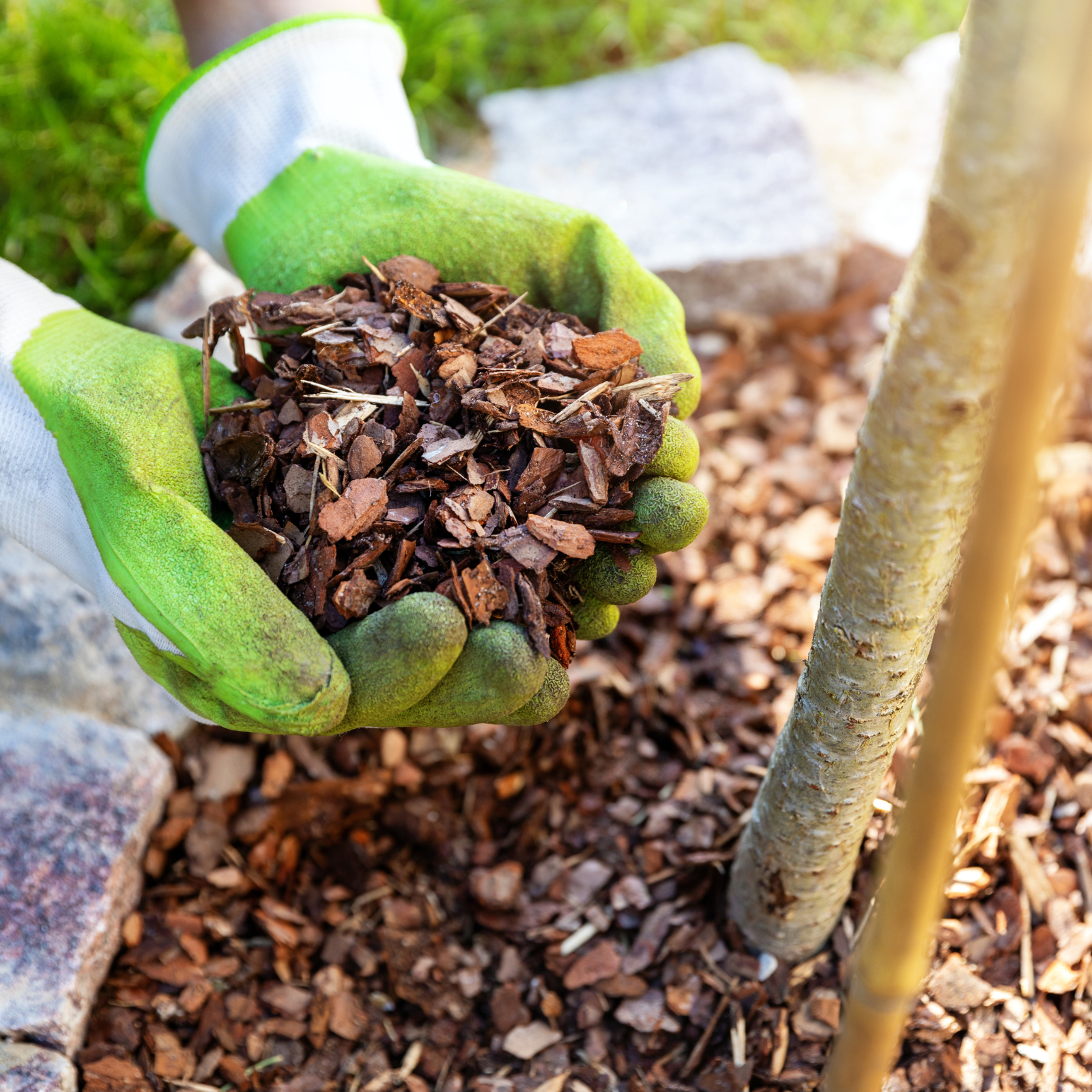
Importance Of Mulching And Composting
Why do we mulch around our perennials, shrubs, and trees? It frequently costs a lot, needs reapplied regularly, and doesn't even completely stop weed growth. Do we merely employ it because it is attractive?
While organic mulch may have a lovely appearance, its proper use goes beyond weed control and aesthetics. One of the ideal habitats for growing in our urban soils is created by mulching around plants.
Applying organic mulch improves the amount of organic matter in the ground, according to research done at the Morton Arboretum in Chicago.
Natural soil microorganisms break down the mulch, depositing decomposed organic material to the roots of the plants.
This organic matter gives the plants the necessary nutrition and keeps the soil hydrated. The plant's robust development and appearance above ground indicate that it has access to these nutrients and moisture. Due to microbial decomposition, the mulch must be applied every two to three years.
Except for many plants, like bearded iris, whose rhizomes need to bake, mulching will promote garden growth and aid in water conservation, and every gardener needs to know the proper way of mulching.

Avoid Purchasing One Of Everything
There is safety in numbers regarding planting. Consider how plants function in their native environments when purchasing tiny grasses, perennials, and ground cover shrubs, and plant in groups—for example, threes, fives, and sevens.
Groups of the same plants have a greater impact than many examples, which might look haphazard.
The majority of plants thrive when planted in tiny groups. Suppose you purchase a single plant. It will quickly become lost in your borders, and numerous plants of various types will make a messy border.
A group of the same plant will have a considerably greater influence. If there is room, consider repeating similar groupings around the walls to give the entire design a much more fashionable yet naturalistic feel.
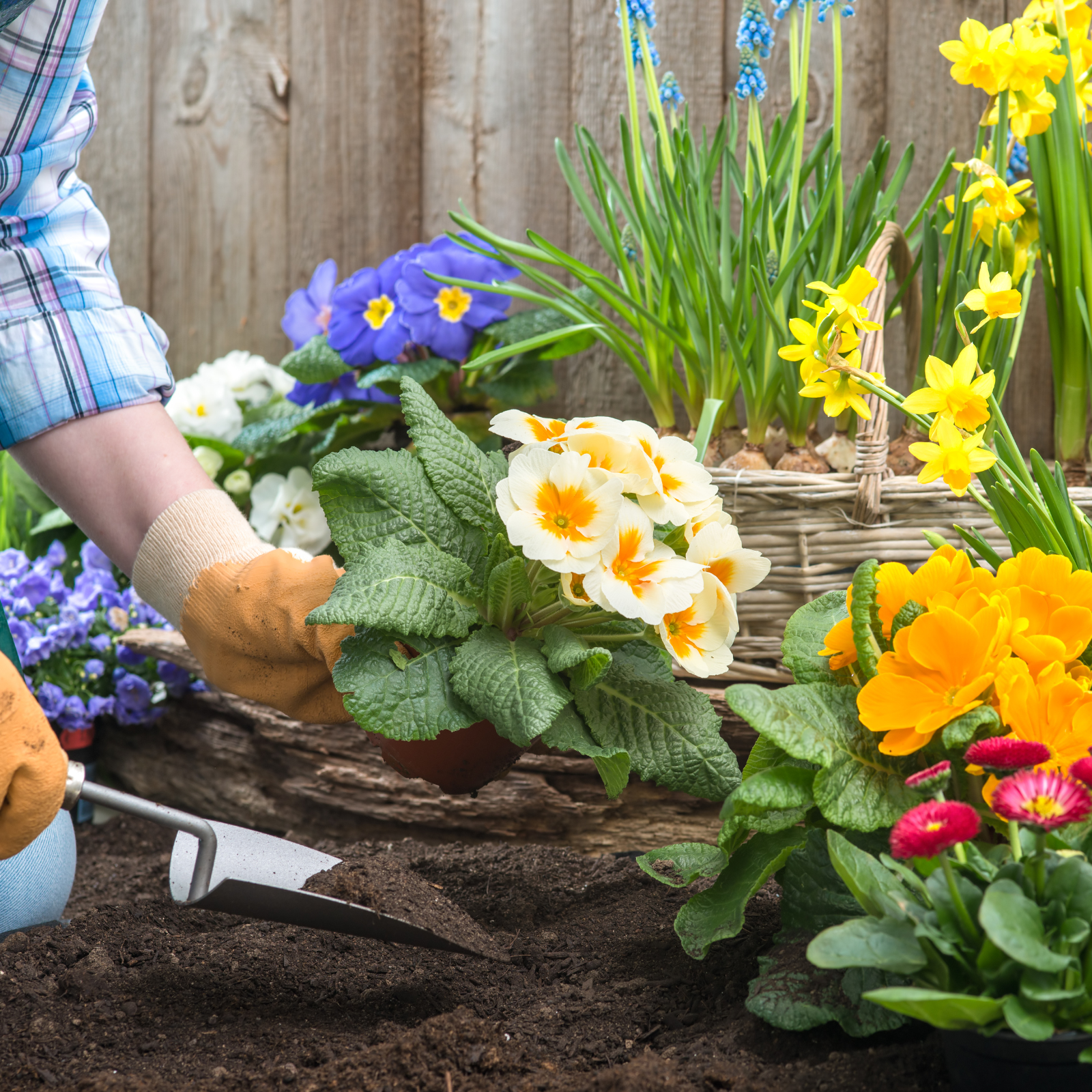
You Don’t Need To Start Big
New gardeners may occasionally become discouraged due to a perceived lack of space. Please believe me when I tell you that ANYONE, anywhere, can begin growing food right now.
It doesn't matter that it's winter, your garden is little, or even that you don't have a garden at all! For novice gardeners, start modestly to learn as you go.
Microgreens, sprouting or growing hydroponically, are excellent ways to start growing your food if you have no outdoor area.
You can add container gardening or vertical gardening on your balcony with tools like a GreenStalk.
Start planting food if you have even a little amount of outdoor space and, presuming you are not violating any bylaws or HOA guidelines. You can start an unground or raised bed garden as soon as you can access an outdoor location.
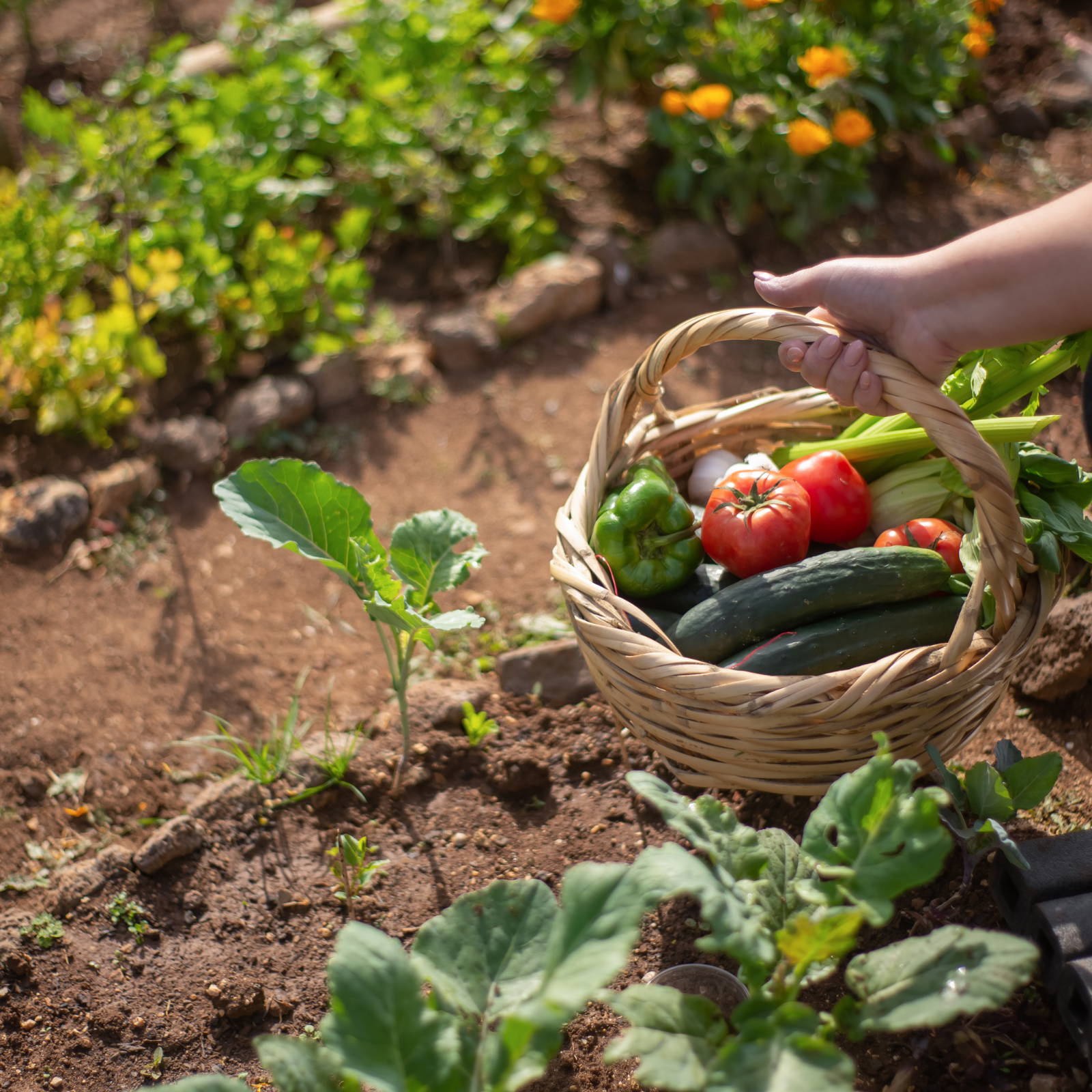
Be Patient
Keep in mind that you're here for the long haul. Patience is a virtue when gardening since you need to give things time to grow.
According to garden designer Eliza Gary, the best gardens are planned and planted over several years because plants take time to mature.
This implies that you can stretch out the work and expense of maintaining your garden over time.
Annuals produced from seed can temporarily fill gaps in new gardens while other plants mature and take their place.
Make plans for the eventual growth of the plants to avoid overcrowded flowerbeds that require rearranging.
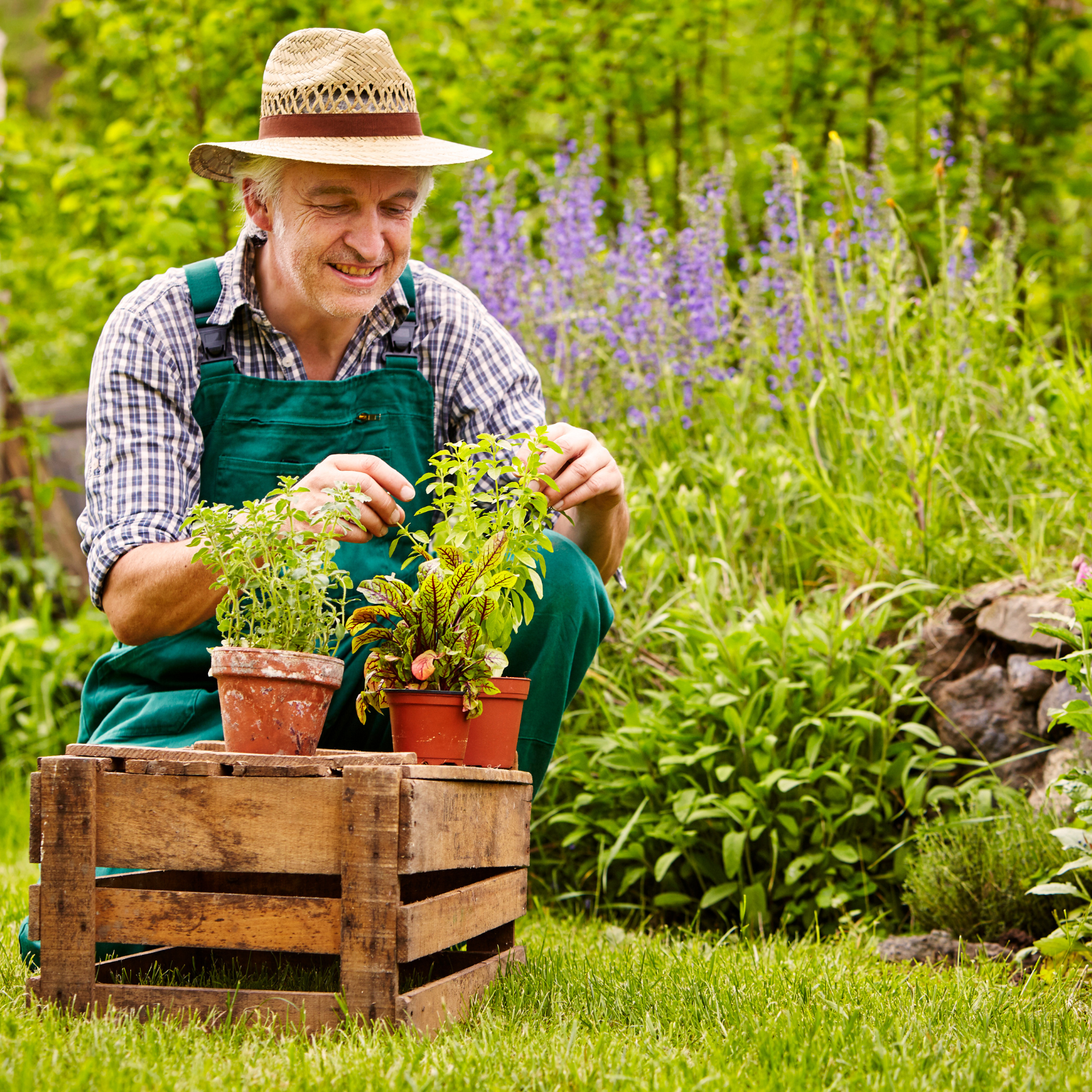
Conclusion
To simplify gardening, every newbie must know certain useful tips and practices. Start applying some of the advice above and begin viewing your plants differently.
Sometimes people become accustomed to doing things a specific way because they have always succeeded when doing so.
Although that is all well and good, it doesn't follow that there aren't any other equally effective ways to accomplish the same task. If they were willing to attempt it, there might be a method to produce better outcomes.
Better yet, begin your ideal garden! But many people started gardening without prior experience, which could eventually lead to several issues.
Pay additional attention to the demands of the plants and learn some useful gardening advice if you want your gardening endeavours to be more successful. That’s it!! Happy Gardening.
I trust you enjoyed this article on the Best Tips For Gardeners. Please stay tuned for more blog posts to come shortly. Take care!
JeannetteZ
>>>Please click here to read my all-inclusive article about Container Gardening<<<
>>>Are you interested in homegrown herbs and medicine? Please click here to find out more about it!<<<
Your Opinion Is Important To Me
Thoughts? Ideas? Questions? I would love to hear from you. Please leave me your questions, experience, and remarks about this article on the Best Tips For Gardeners in the comments section below. You can also reach me by email at Jeannette@Close-To-Nature.org.
Disclosure
This post may contain affiliate links. I earn from qualifying purchases as an Amazon Associate and other affiliate programs. Read my full affiliate disclosure.
You might also enjoy these blog posts:
Home-Made Remedies For Cracked Heels
How To Design Your Own Home Garden
How To Train Your Puppy To Sit

